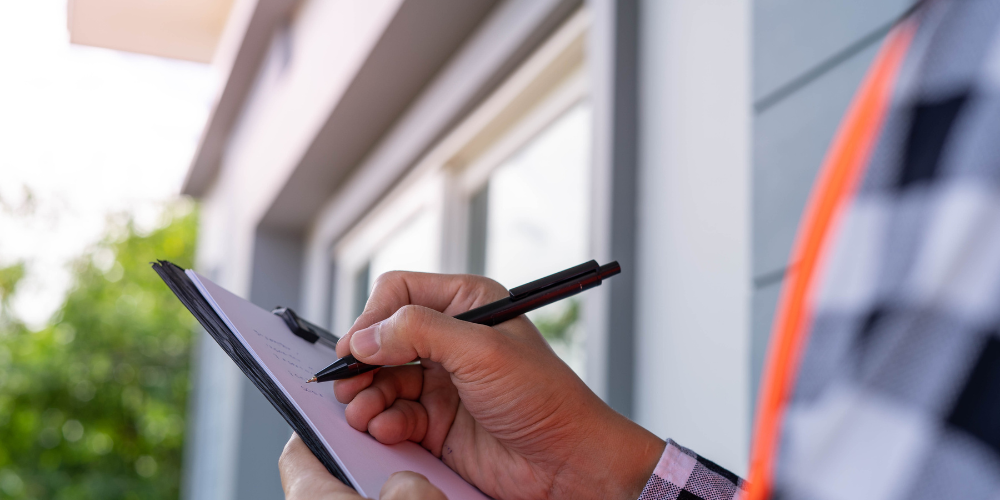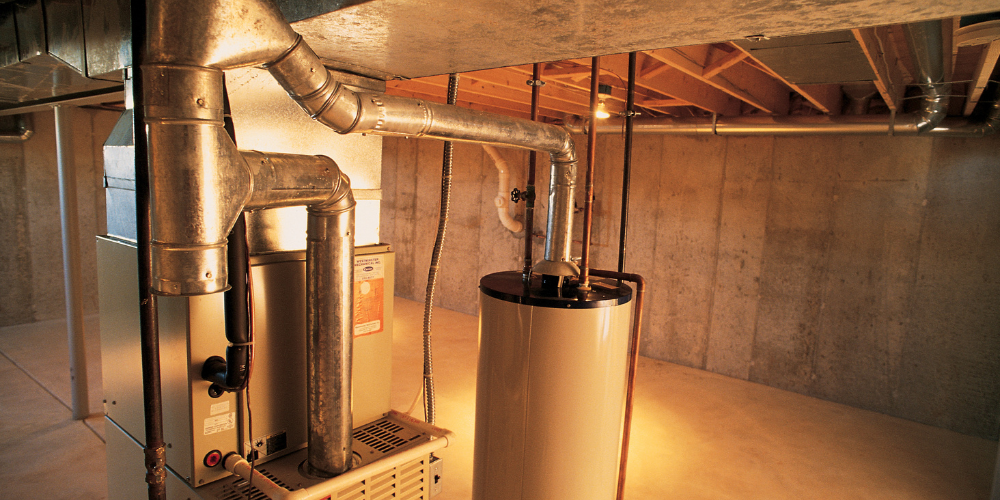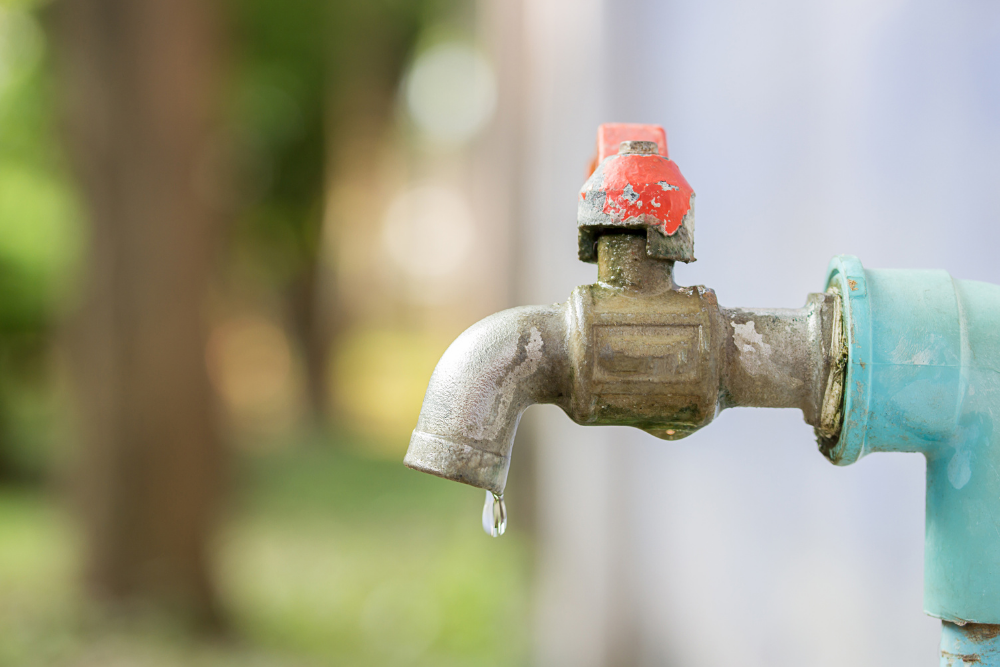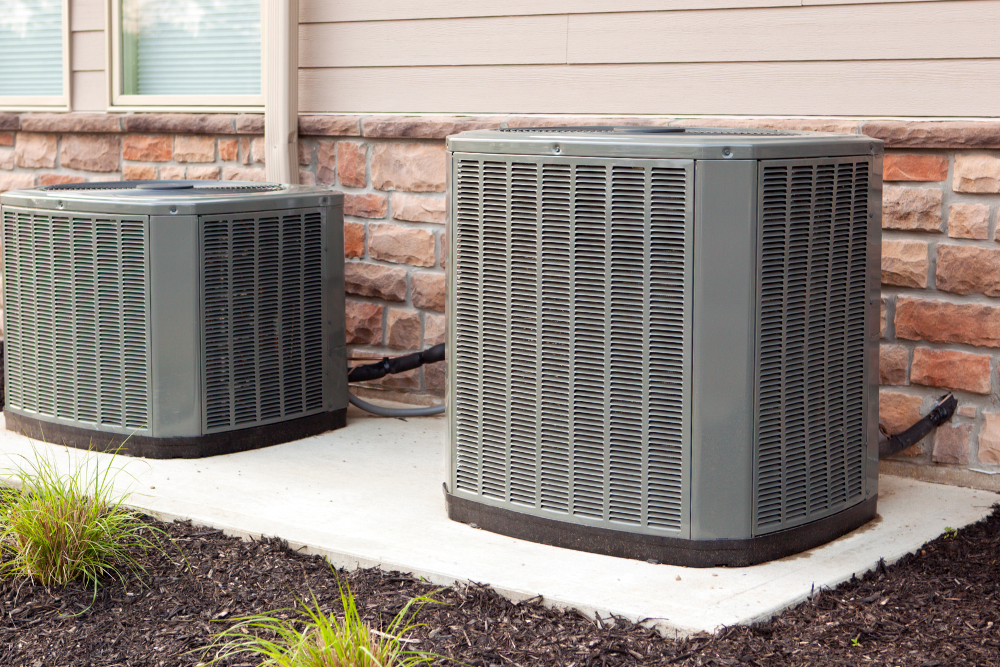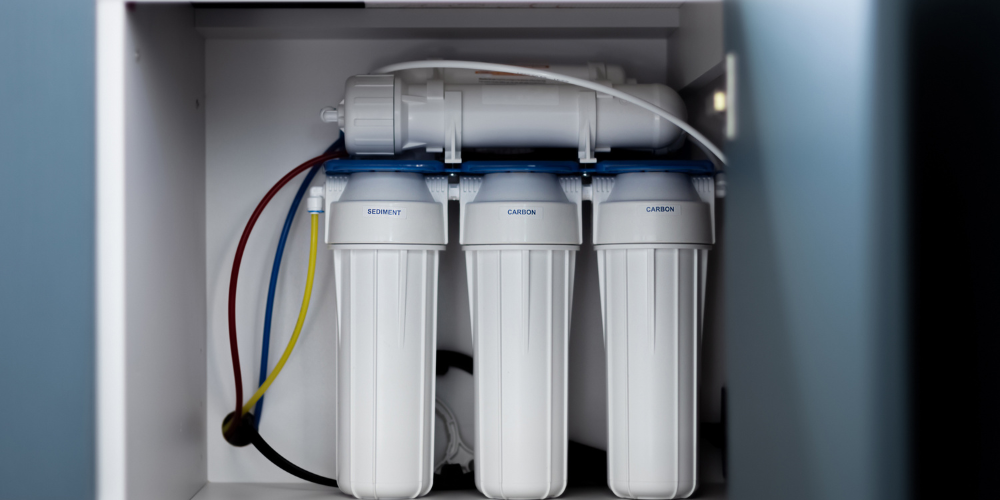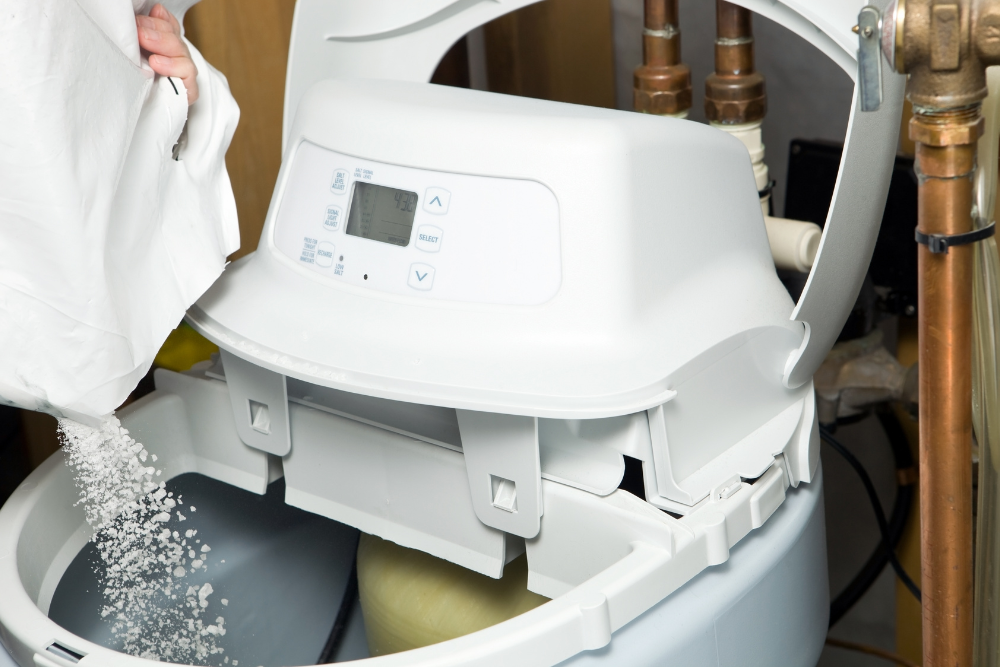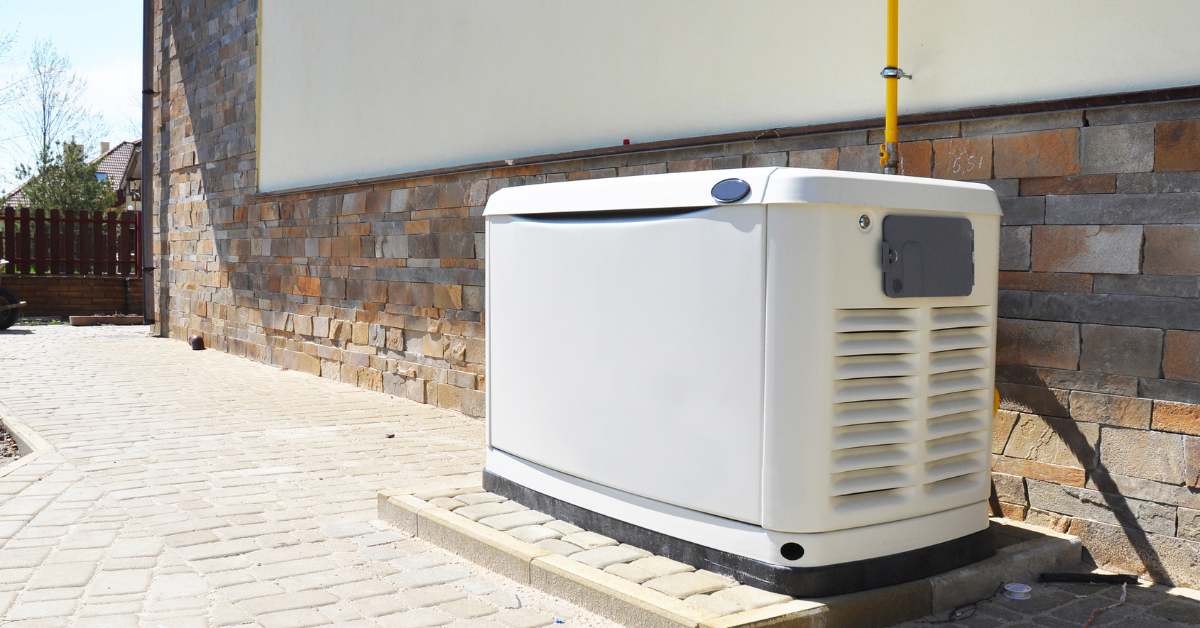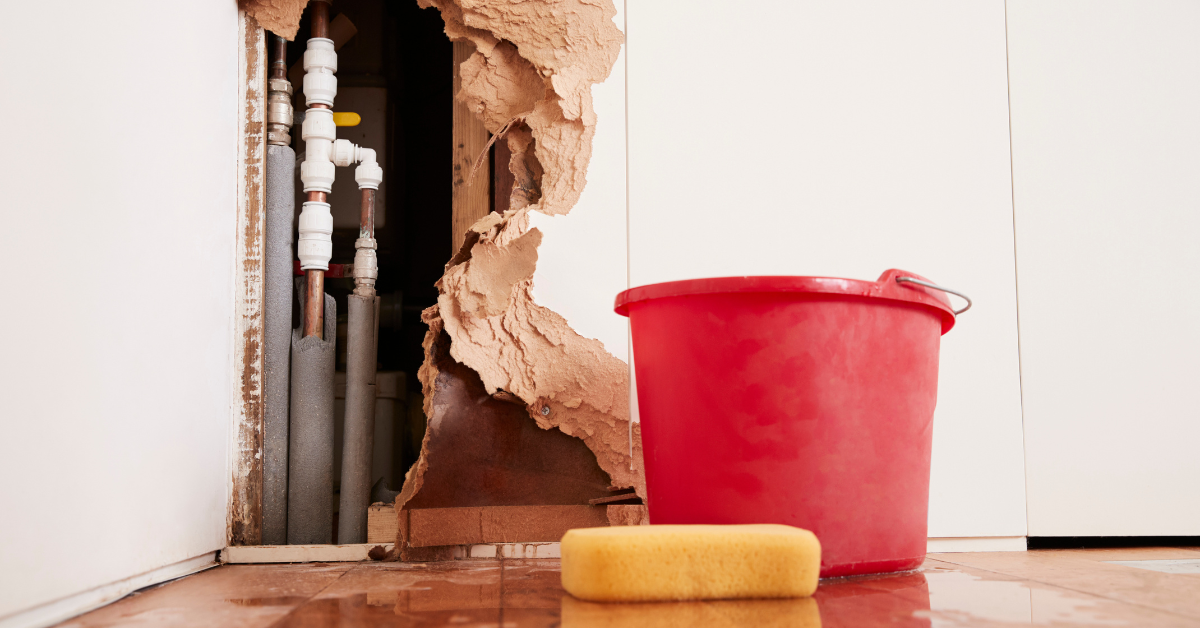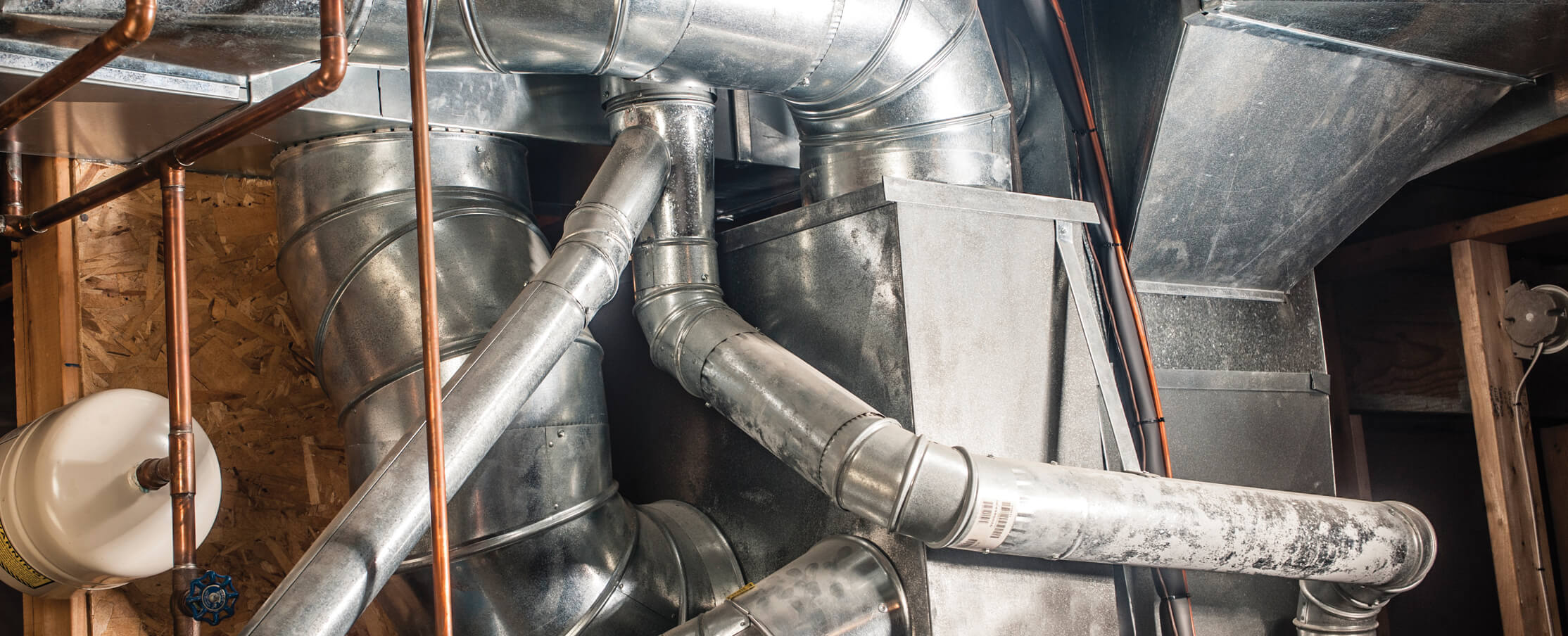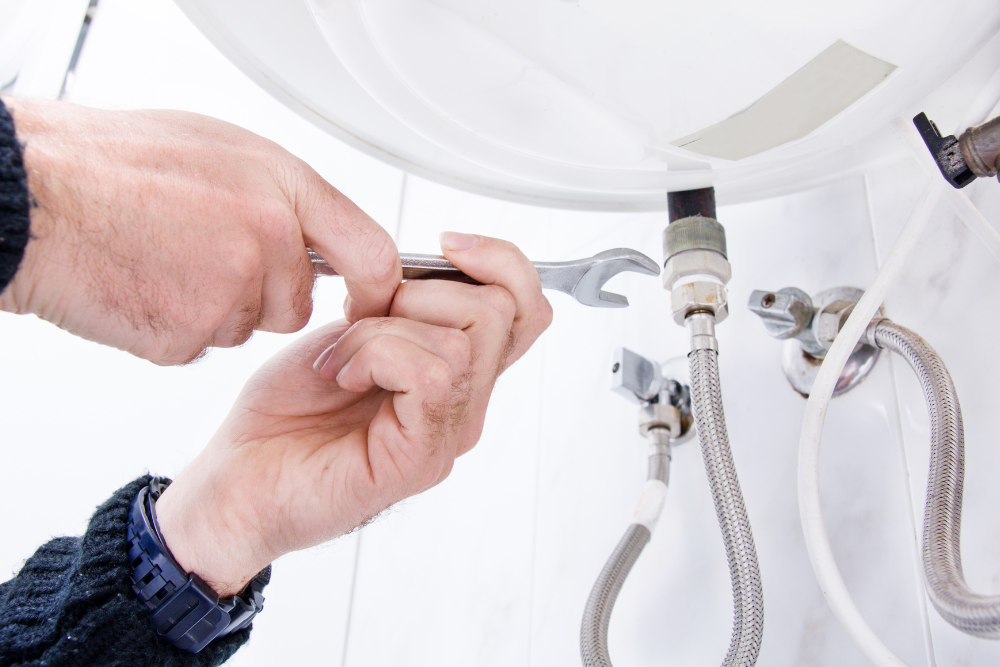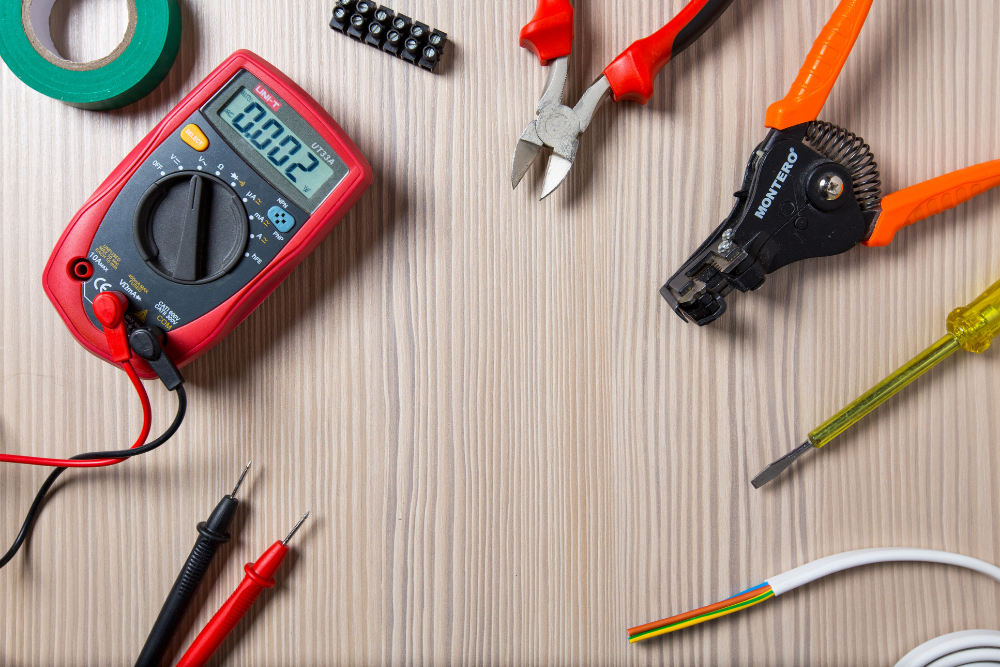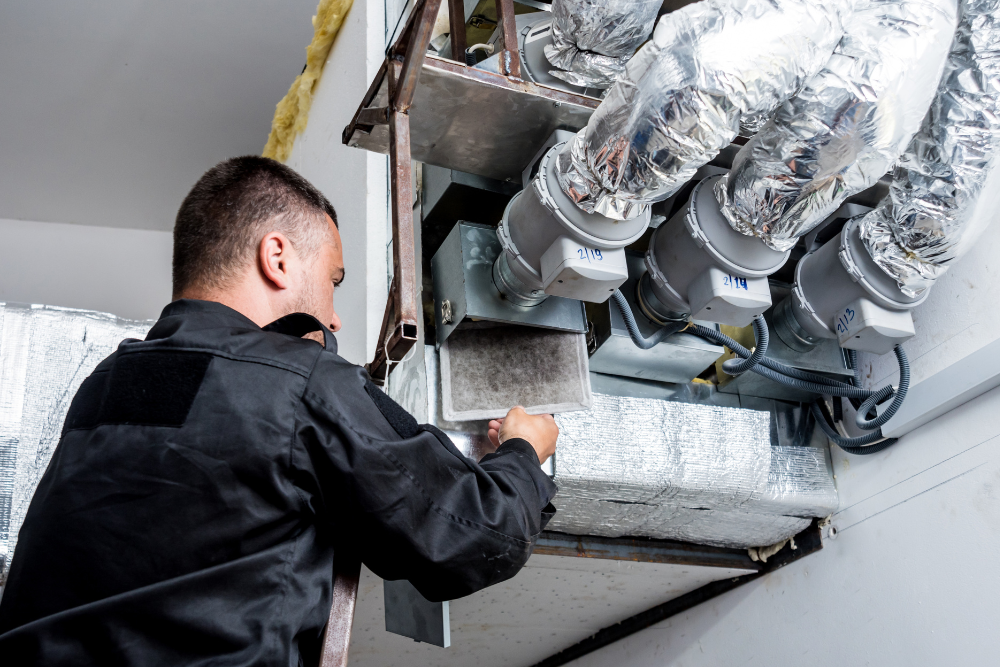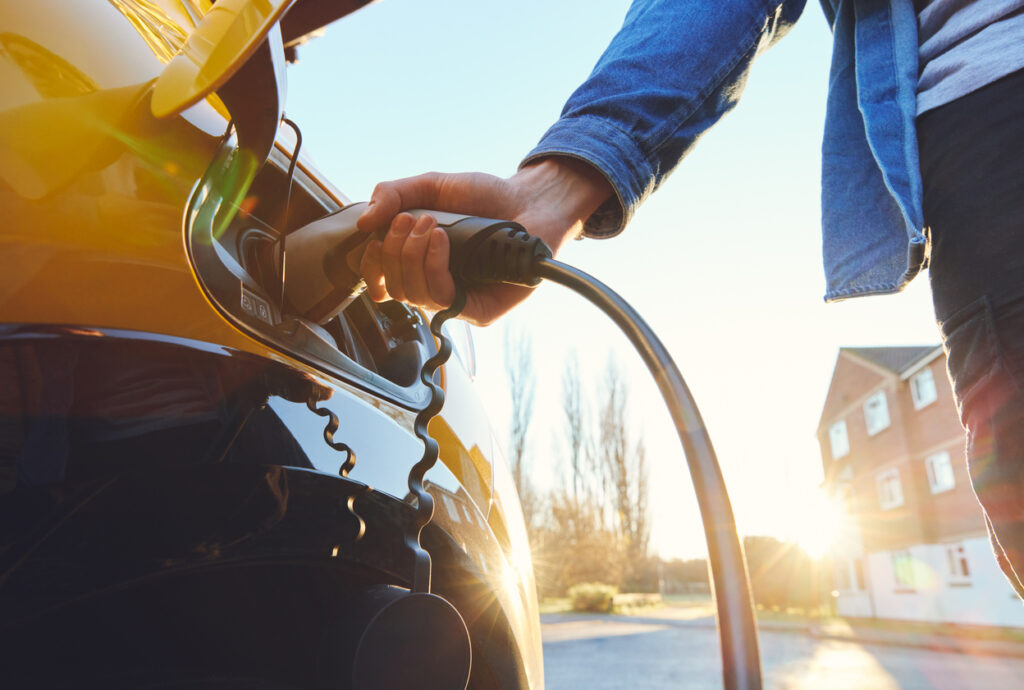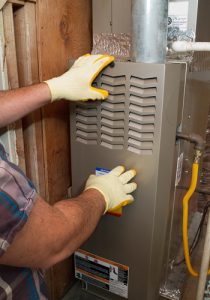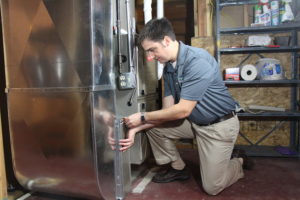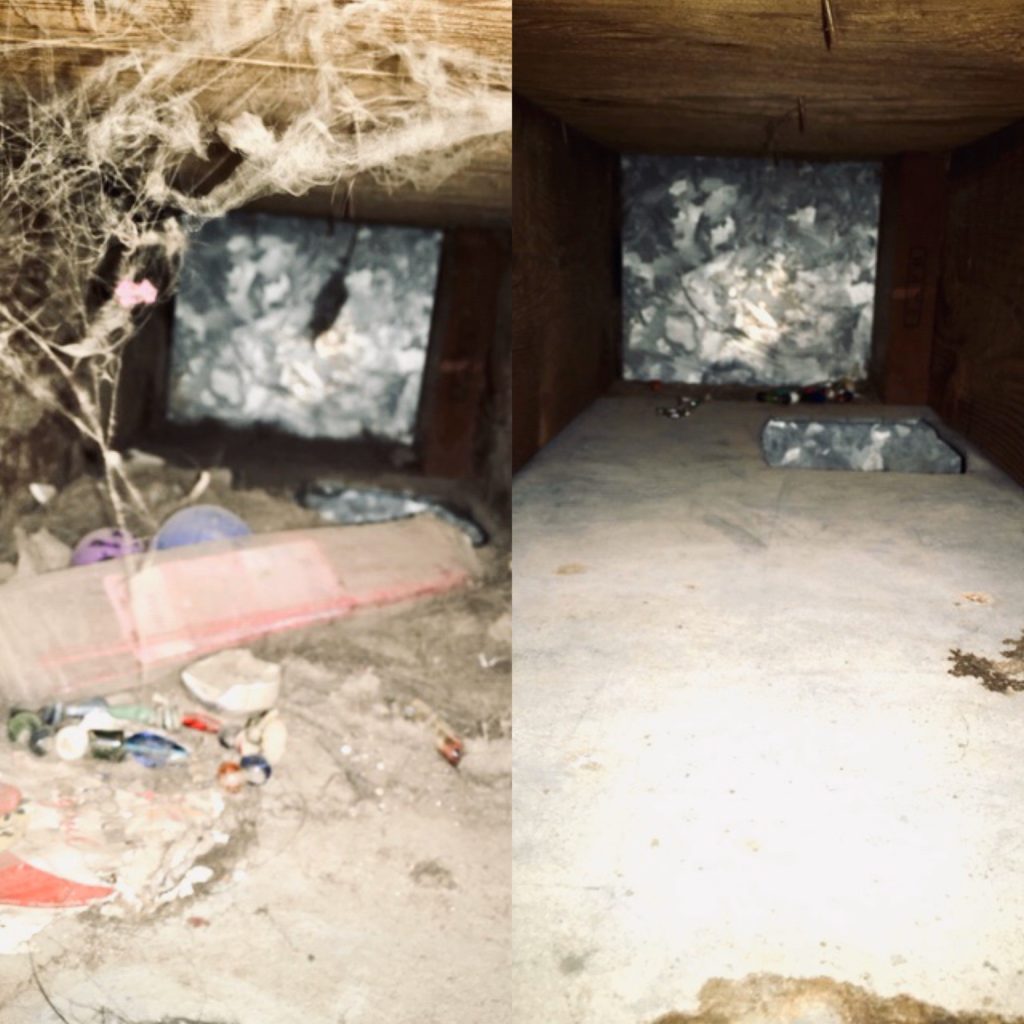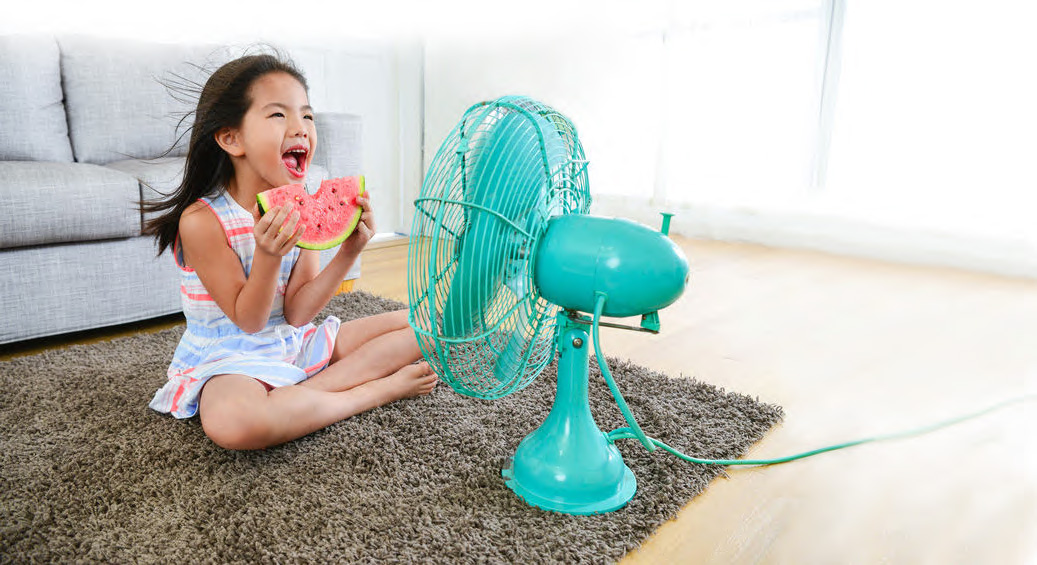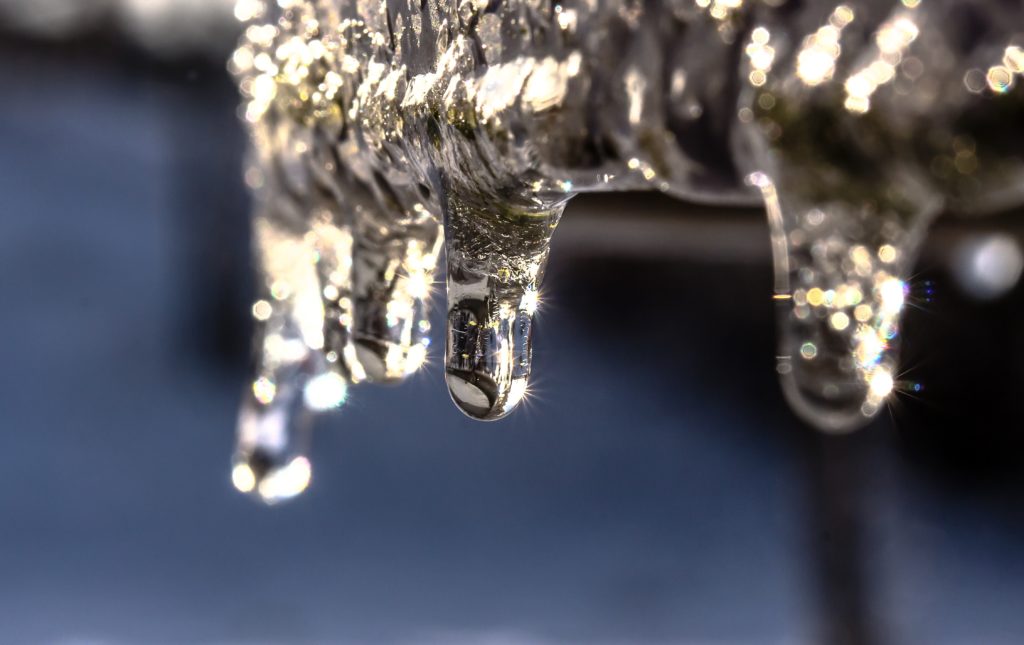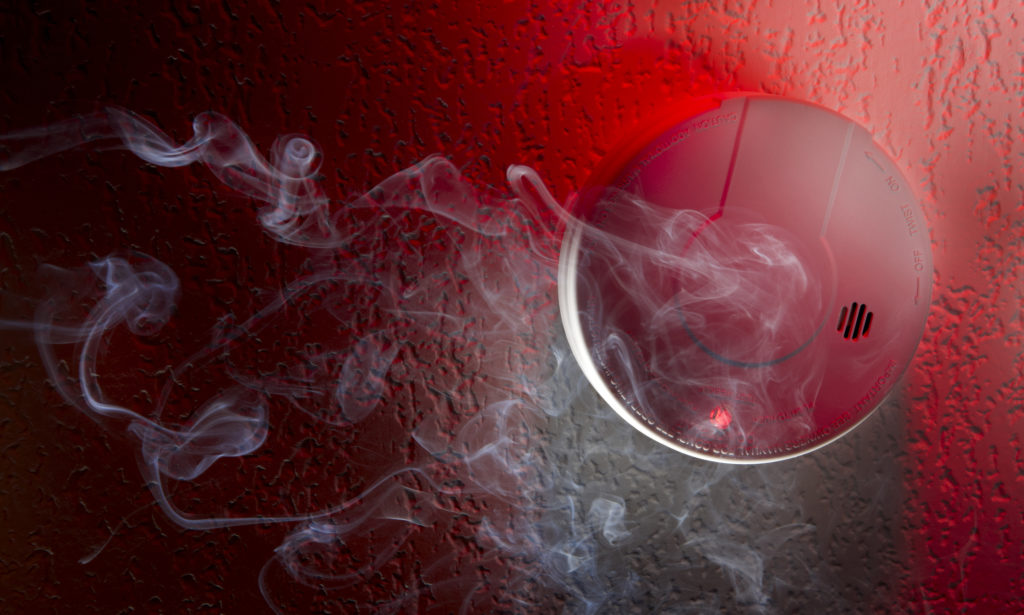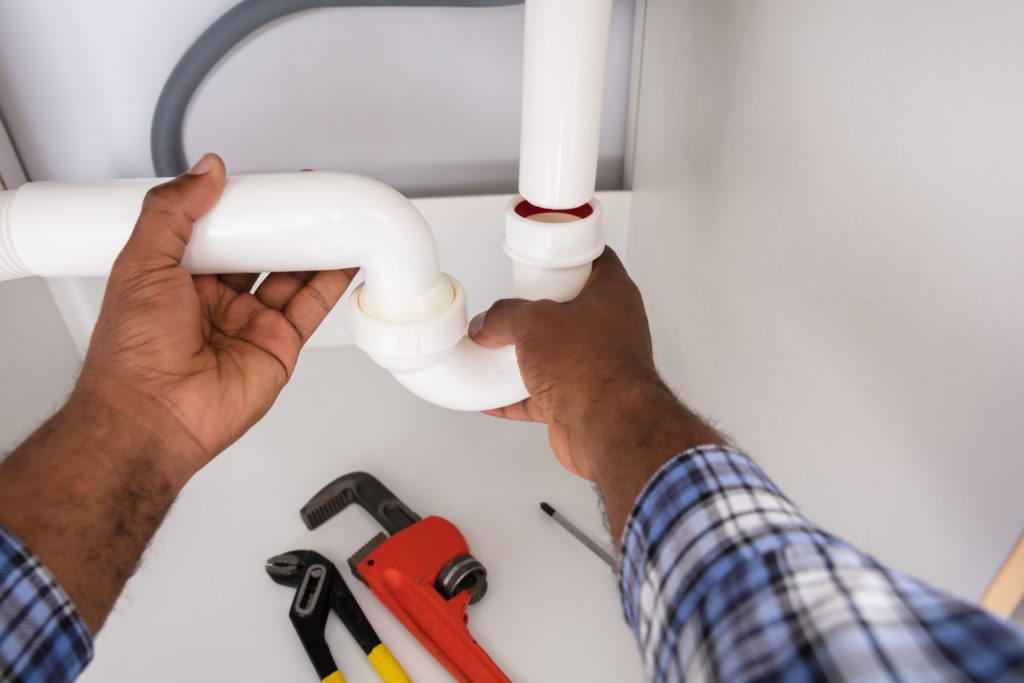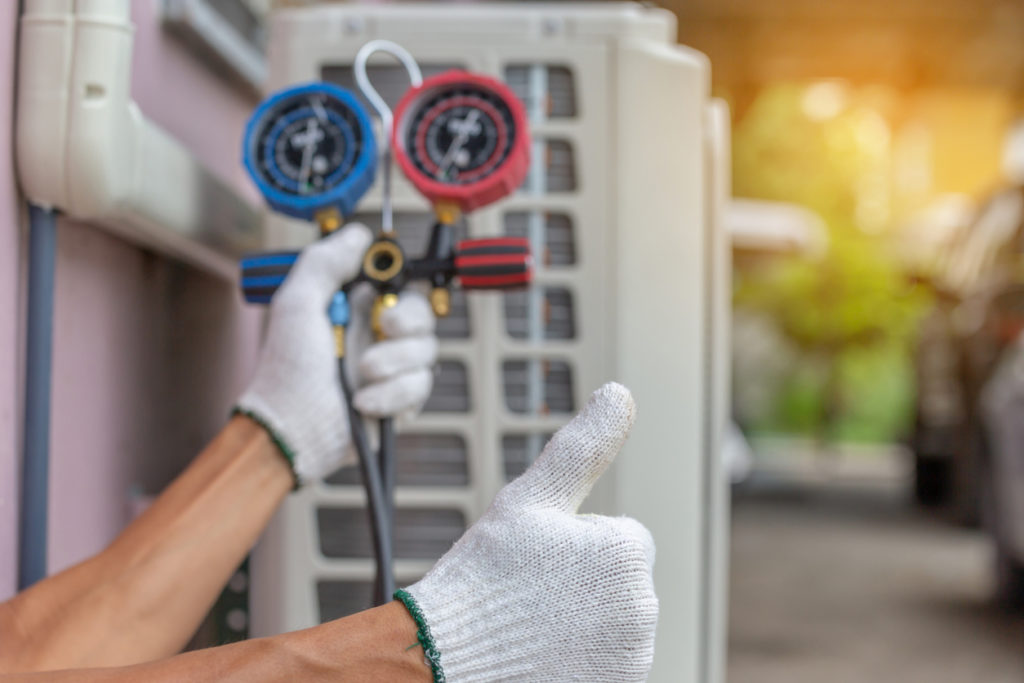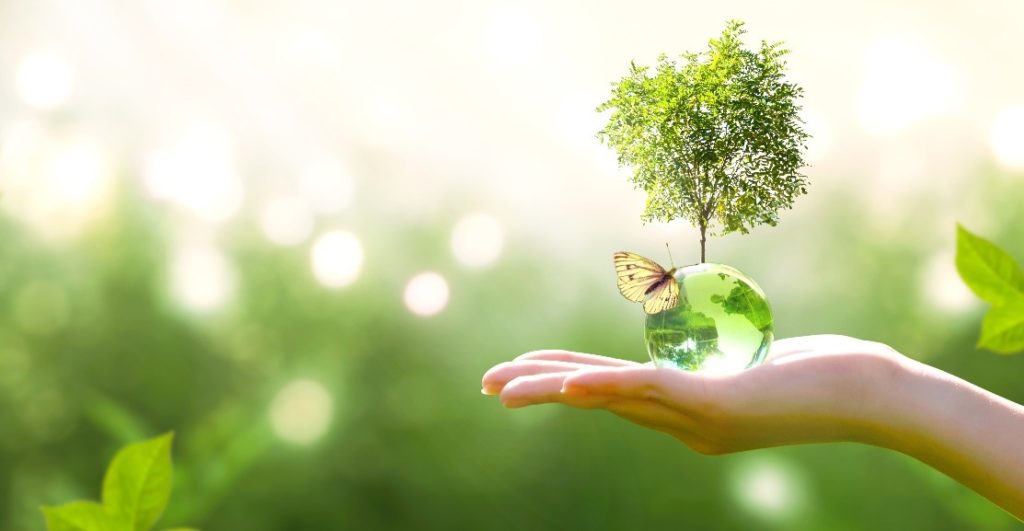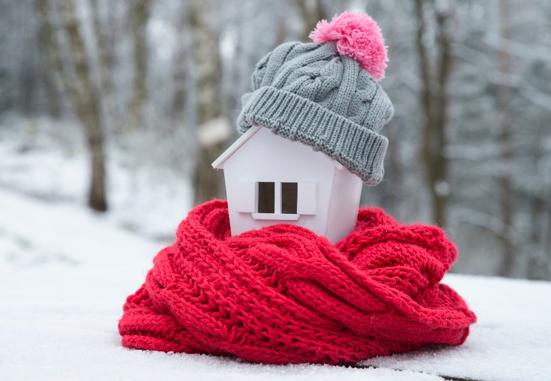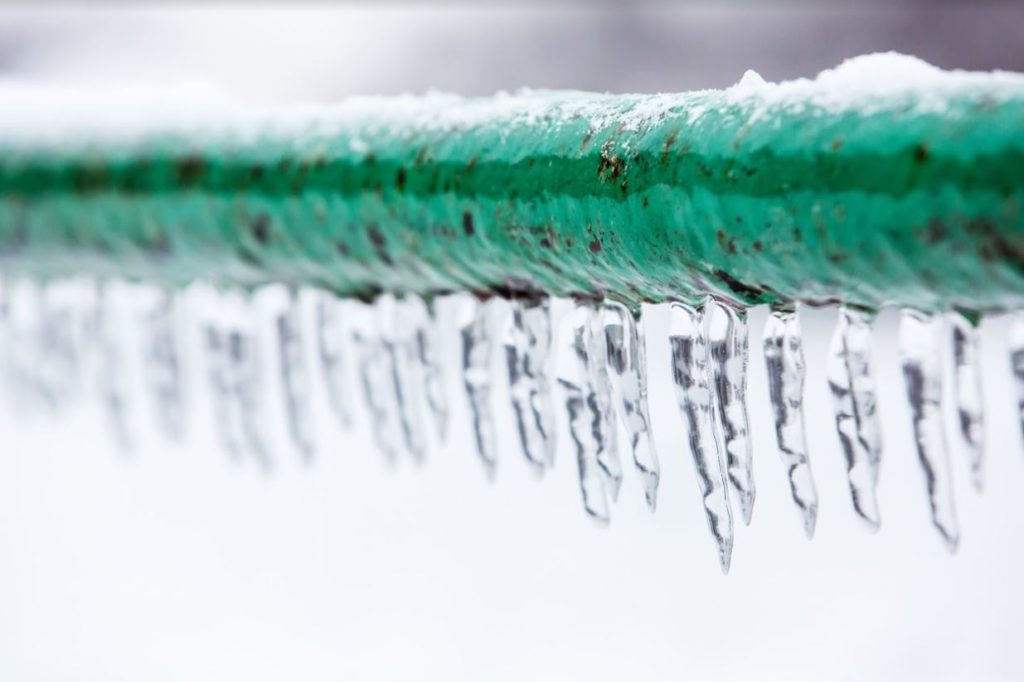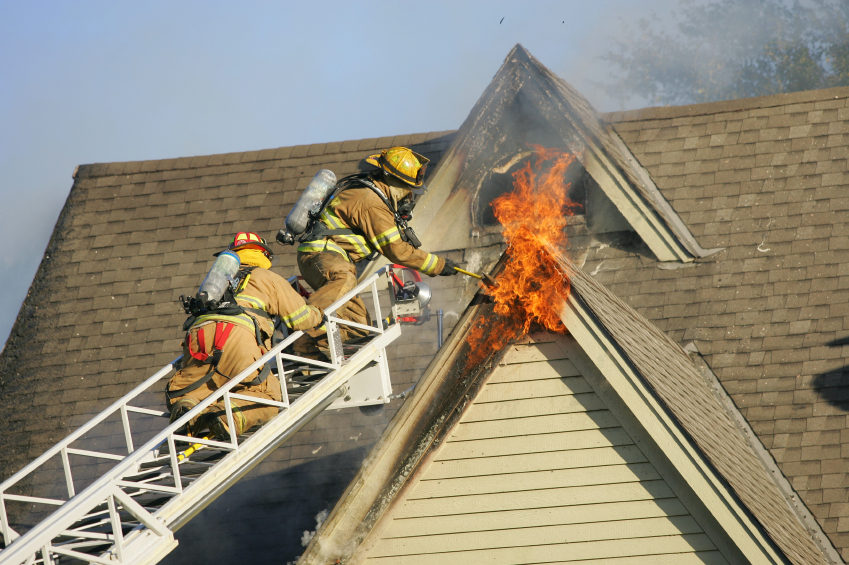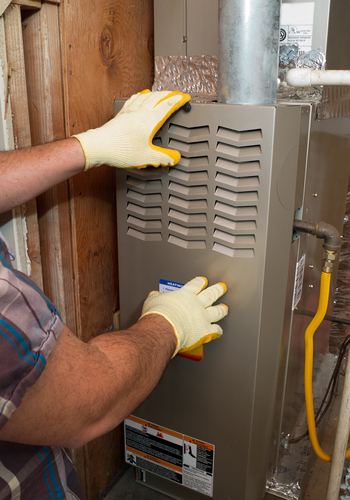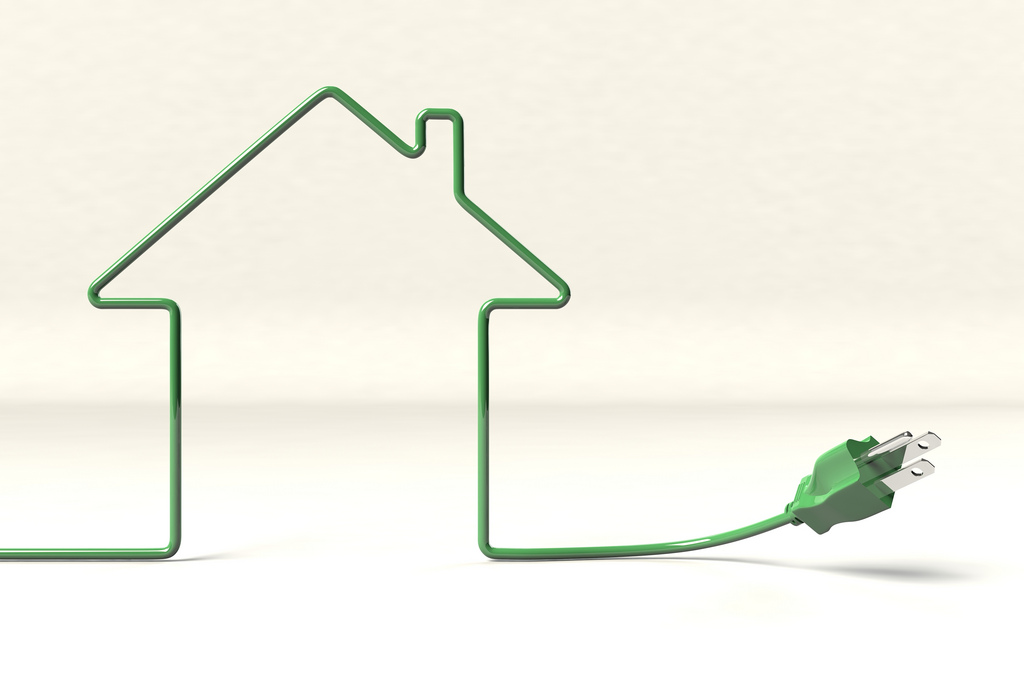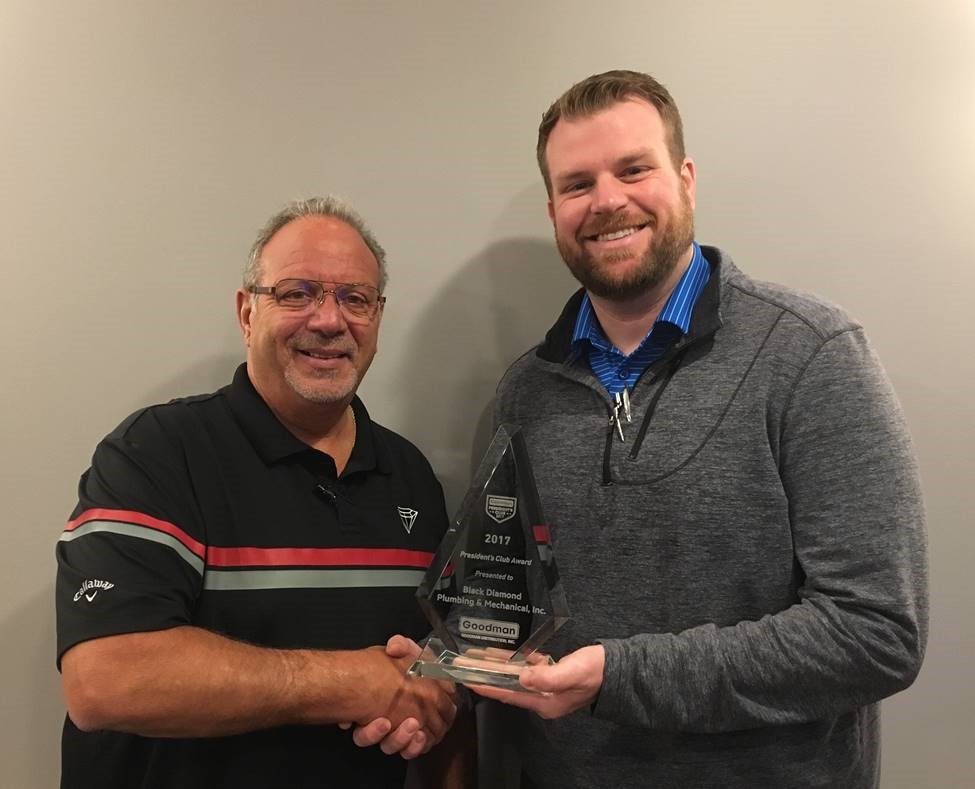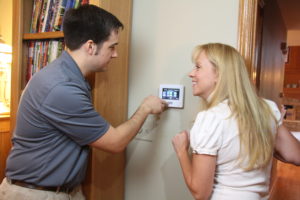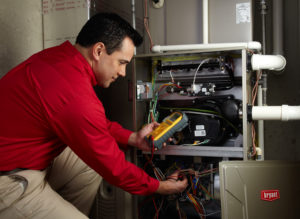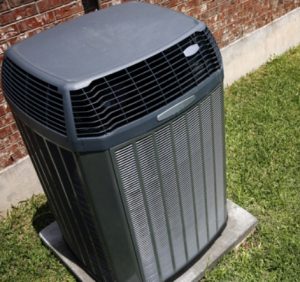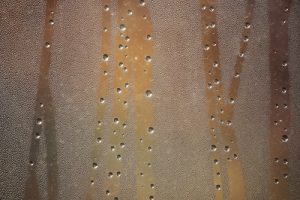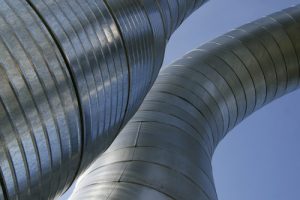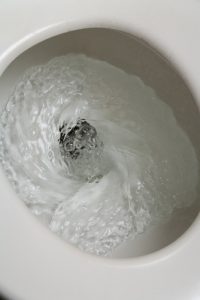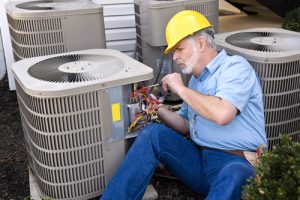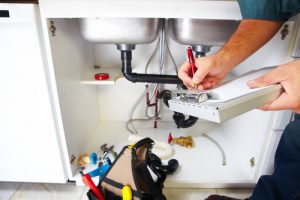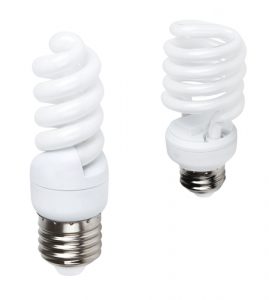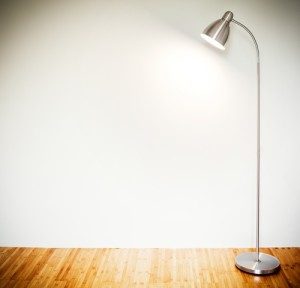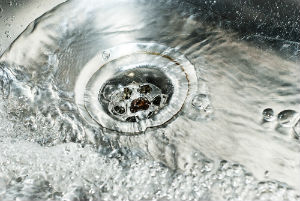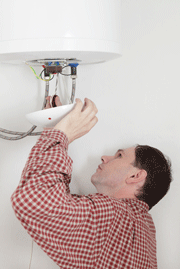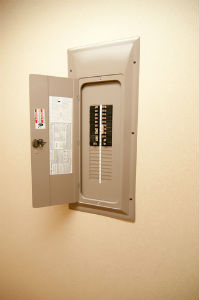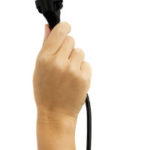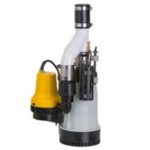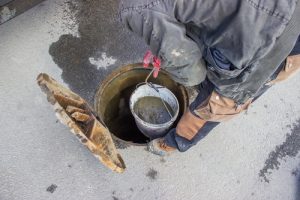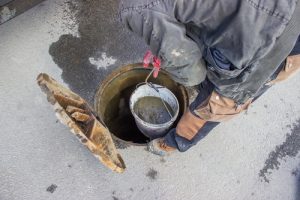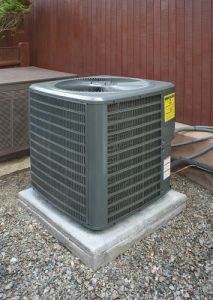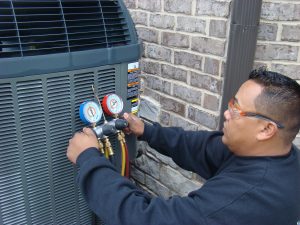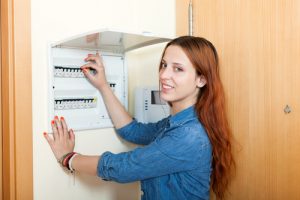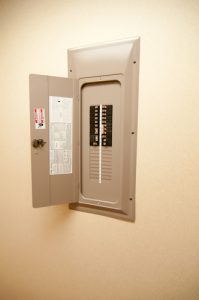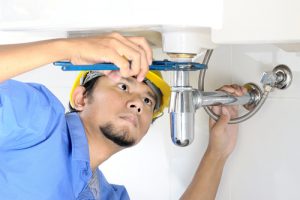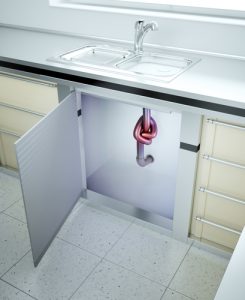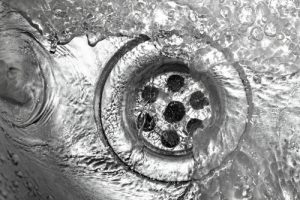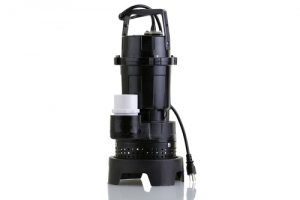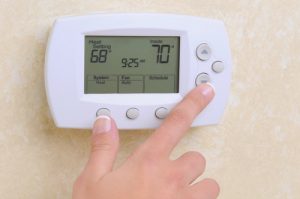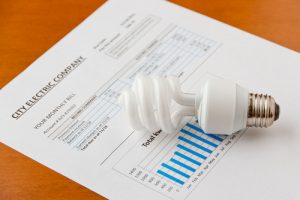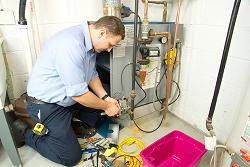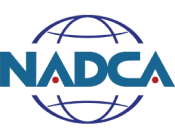Water Consumption: An Important Way to Save for Chicagoland Homeowners
The scope and importance of managing water consumption in both communities and households is difficult for many people to understand. After all, Earth is “the blue planet,” covered with more oceans than land. And in a place like the greater Chicago metropolitan area, the grandeur of the Great Lakes is a visible reminder of water’s abundance. However, this abundance can’t be taken for granted, and a simple exercise of the imagination can demonstrate why.
Visualizing Chicago’s Water Use
Chicagoland uses about one billion gallons of water every day, as reported by the city’s Department of Water Management. This includes home use, such as sinks, showers, toilet flushes, watering lawns and plants, washing machines, and dishwashers. It also includes various industrial and commercial applications – car washes, for example.
Chicago draws its water from a number of aquifers as well as from Lake Michigan, and treats water and sewage in some of the largest wastewater treatment and water reclamation plants in the world. But imagine for a moment that it didn’t, and that all water was drawn from Lake Michigan. (In fact, in 1967, the U.S. Supreme Court passed a decree in the Wisconsin vs. Illinois case which stated that Illinois couldn’t divert more than 3,200 cubic feet per second out of Lake Michigan. While that works out to about two billion per day, over one billion is flowing out through the Chicago River, which is counted against the limit.)
If you also imagine that Lake Michigan was not replenished by rainfall or any other system, how long could Chicago and its suburbs last, drawing water out of the lake? The answer may surprise you: with Lake Michigan’s 1,180 cubic mile volume, Chicago’s water consumption would drain the entire lake in less than nine months.
Water Conservation
Water conservation is an area of growing concern worldwide. UNESCO points out that although 70 percent of the Earth’s surface is covered in water, only 2.5 percent of that water is freshwater. And of that 2.5 percent, only 1 percent is both easily accessible and renewable. With water being so important, not just for home activities such as cooking, bathing and washing but also for large-scale industry and agriculture, managing water consumption is a critical skill.
Fortunately, there are plenty of ways that homeowners can reduce their water consumption, which in an average American family is about 400 gallons per day. Low-flow appliances and lifestyle changes can take a big chunk out of your home water consumption, and help conserve this precious resource.
Improve Your Home’s Water Infrastructure
Many people have the same sets of appliances and fixtures in their home: washing machines, water heaters, dishwashers, showers, etc. But differences in individual models can mean big differences in water consumption. Here are a few ways to make sure that your home is set up to use water wisely:
- Upgrade to low-flow faucets and showerheads. Flow from faucets and showerheads is measured in gallons per minute (gpm). The federal EPA’s Water Sense program establishes guidelines for low-flow faucets, which state that a faucet should have a flow rate under 1.6 gpm, though some reach rates as low as half a gallon a minute. (A standard faucet averages about 2.2 gpm.) Low-flow showerheads are also available, and if your showerhead dates from before 1992, you should definitely consider an upgrade. Some old showerheads reach rates up to 5.5 gpm. Low-flow fixtures are designed so that they don’t sacrifice the way the water feels. For example, a well-designed low-flow showerhead will not feel like a trickle of water. By separating the flow into a number of small streams (laminar-flow showerheads) or mixing the water with air (aerating showerheads), low-flow showerheads create a sense of using more water than they actually do.
- Upgrade to a low-flow toilet.Toilets are another fixture with a long history of use, and a long history of inefficient water consumption. In fact, some old toilets used as much as seven gallons per flush. These days, most toilets use between 2 and 3.4 gallons per flush, but new federal guidelines aim to reduce that to 1.6 gallons or less. Some low-flow toilets use as little as 1.1 gallons per flush, and others have additional water-saving features: for example, using a standard flush to dispose of solid waste, and less water to dispose of liquid.
- Fix any leaks in your piping.Leaks in your water pipes can add up to significant water waste over the course of days, weeks or even months. Not only that, but leaky pipes can create hidden, damp areas of your home, and that can lead to mold and bacteria growth which can ruin your indoor air quality and threaten your health.
- Use high-efficiency appliances such as dishwashers and washing machines. When shopping for these appliances, research different models with an eye toward their water consumption. Some models of washing machine allow you to select how much water you want to use, based on load size; other units focus on minimizing water consumption across every single load. If you don’t have a washing machine or dishwasher, you should also consider that using these appliances often uses less water than washing clothes and dishes by hand.
- Landscape with local, drought-resistant plants. Lawn care can be a water-intensive task, and Chicago and some of its suburbs have some restrictions on lawn watering in place. In times of drought, cities often impose additional watering restrictions. Native, drought-tolerant plants can be used to reduce the amount of watering necessary to keep lawns looking healthy and visually interesting, and generally reduce the amount of lawn maintenance a homeowner has to perform, as well. Watering in the early morning or late evening, when less water is lost to evaporation, can also cut down on your lawn’s water consumption. And installing a professional irrigation system can help homeowners who are particularly serious about their lawns maximize the benefit they get from watering, by delivering water more directly to the roots of plants.
Talk To An Expert
Water conservation is a big local, national and international issue, but significant gains can be made through individual and community action. To learn more about how water conservation affects you, and how you can control your home’s water consumption, call us today at Black Diamond Plumbing & Mechanical.
Written by Rick Sperando
Recent Posts
Request Service
Please fill out the form and we will get in touch with you shortly. We look forward to serving you!
Request Service
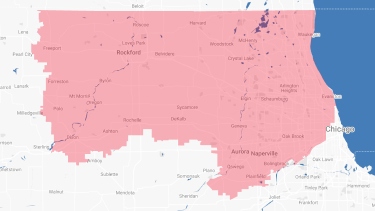
Proudly Serving
The Chicagoland AreaAddison | Algonquin | Antioch | Arlington Heights | Aurora | Barrington | Bartlett | Batavia | Beloit | Belvidere | Bensenville | Bloomingdale | Bolingbrook | Buffalo Grove | Byron | Caledonia | Capron | Carol Stream | And Much More!
VIew ALL

